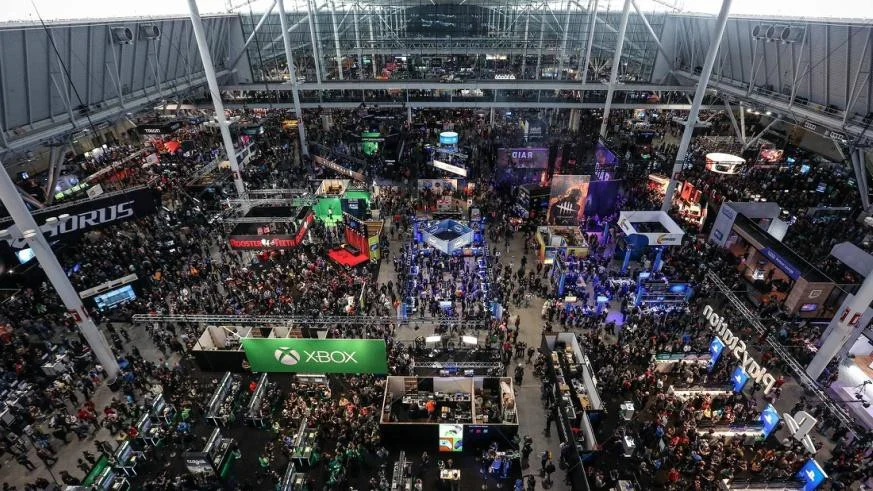Below is a post about Catch Phrase Against Humanity, the first game I ever published, and why I have to change the name.
It's amazing to see how far Catch Phrase Against Humanity (CPAH) has come. It was a game I prototyped at a cabin in Tahoe 3 years ago and now is played daily around the world.
It was the game that propelled me into the gaming industry. After CPAH, I published 3 other titles and got a job as a Software Engineer at Jam City. I had a dream and CPAH was pivotal in making it a reality.
I would like to share some metrics that I'm really proud of and that you might find interesting:
The game has been downloaded 100,000 times
(Since CPAH is a party game, I estimate the total unique player count to be close to 1 million)
There have been 1.7 Million rounds played
The average # of rounds per play session is 13
The user base is 60% female and 40% male
The game has been downloaded in 100 countries
I never expected my first game to reach these kinds of numbers.
However, with all these accolades comes some unfortunate news.
I have been talking with the folks at Cards Against Humanity and we have agreed that I should change the name of my game to better differentiate our brands.
When I originally released CPAH, people told me this might happen. My response was always that if this were to occur, then it's a sign that the game is successful. Well, that's exactly what happened.
While a name change is suboptimal, this post is not meant to put down my fellow game developers at Cards Against Humanity. Instead, it's meant to announce the name change and reflect at the 3 year history of the game.
In January, I will push an update that will officially change the name of Catch Phrase Against Humanity to: Catch Phrase for Adults.
It's rather simple, I know. While I love getting name suggestions from you all, part of the success of CPAH has come from ASO (App Store Optimization) and searchability.
I'm planning on making a few other updates to the game along with the name change. Looking at the current codebase makes me cringe a bit. I now have the skills to build a much more robust app that will persist for many years to come.
Thank you to everyone that has played any of my games. It really means a lot!
Cheers,
Olin








